We’ve provided an overview of some of the common eye conditions experienced so you know what to look out for and the steps to take to protect your eyesight.
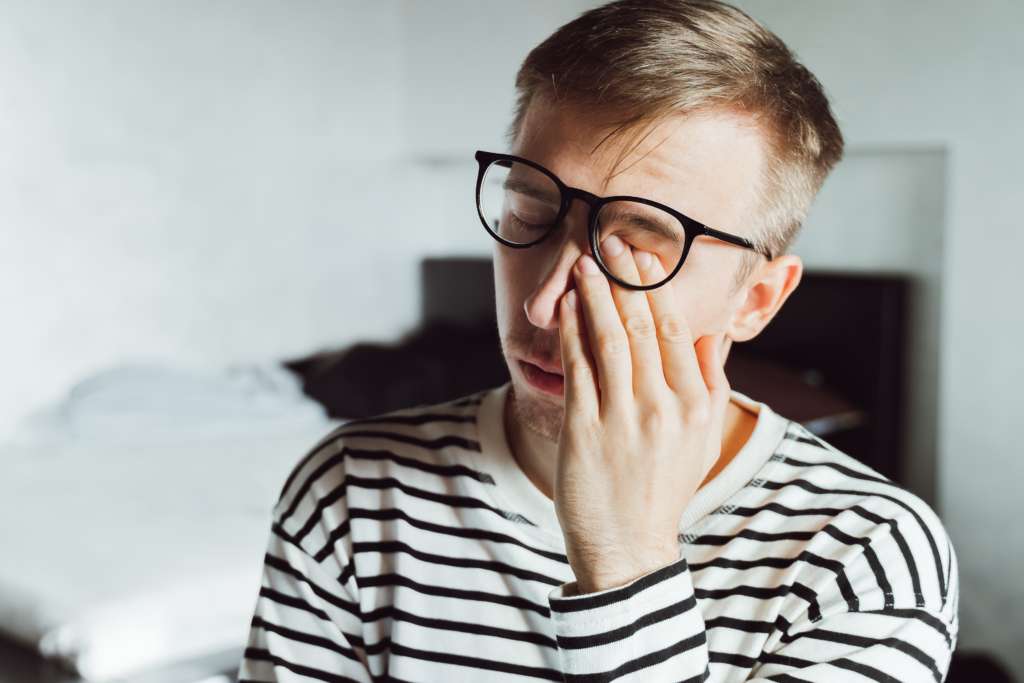

Dry eyes is a condition where, for several reasons, the eye doesn’t provide adequate lubrication (tears) for the eyes.
Tears help to keep your eyes healthy, reduce the risk of eye infection, clear dust and assist with clear vision. Dry eye is a common occurrence and can increase in severity with age.
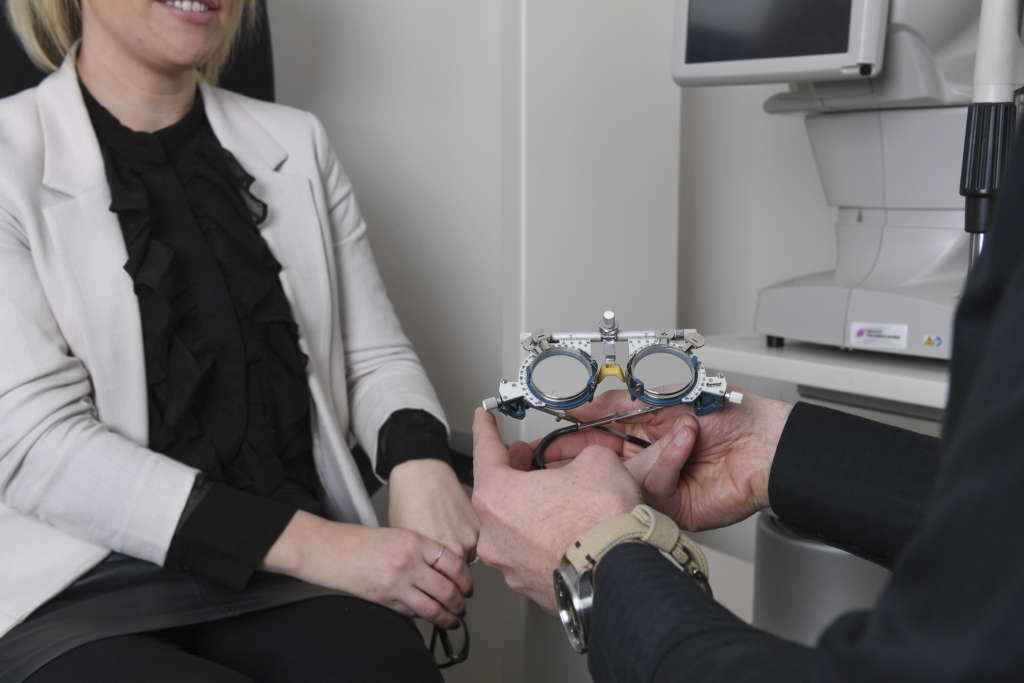

In most cases, floating specks in the fluid of your eye is harmless. but if it happens suddenly or rapidly become bigger you should get it checked out.
Adam will be able to advise you of the cause following an eye examination.
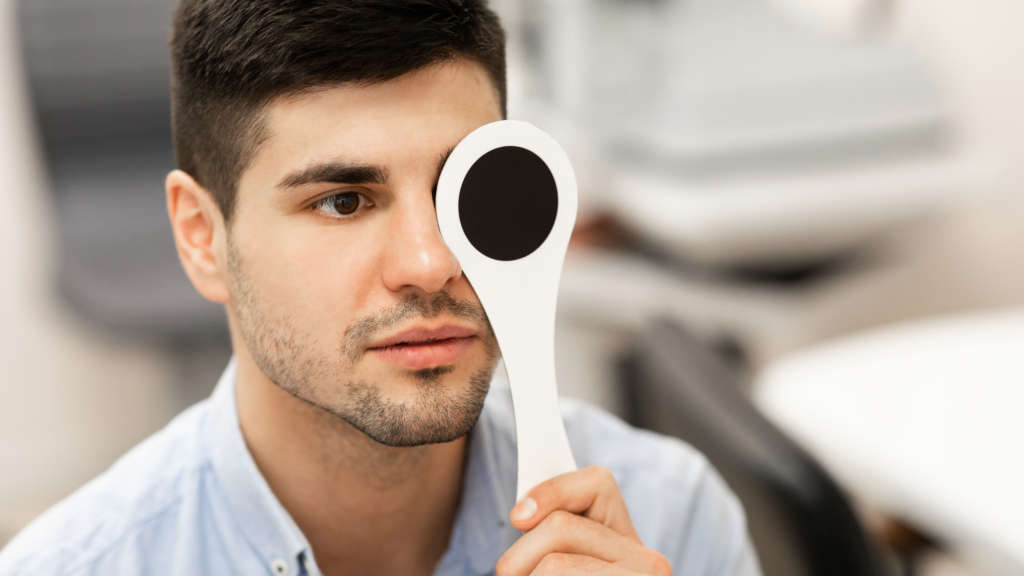

Cataracts are the most common cause of vision loss in people who are over 50. However, there is growing evidence regarding the link between ultraviolet light from the sun and the formation of cataracts.
Protecting your eyes against the sun rays is important to preserving your eye’s overall health, which is why we promote UV protection though our sunglasses and contact lenses.


Blepharitis is a common condition that affects the eyelids. It can make your eyes red, irritated, and itchy. You may see dandruff-like crusts forming at the base of the eye lashes, redness at the lid margins or yellow ‘dots’ at the margin of the lids.
Blepharitis is a chronic condition, meaning that once it develops you will most likely have repeated episodes. There is no cure, however, there are a range of treatments that can control the symptoms. The most important one is to establish a daily eye-cleaning routine.
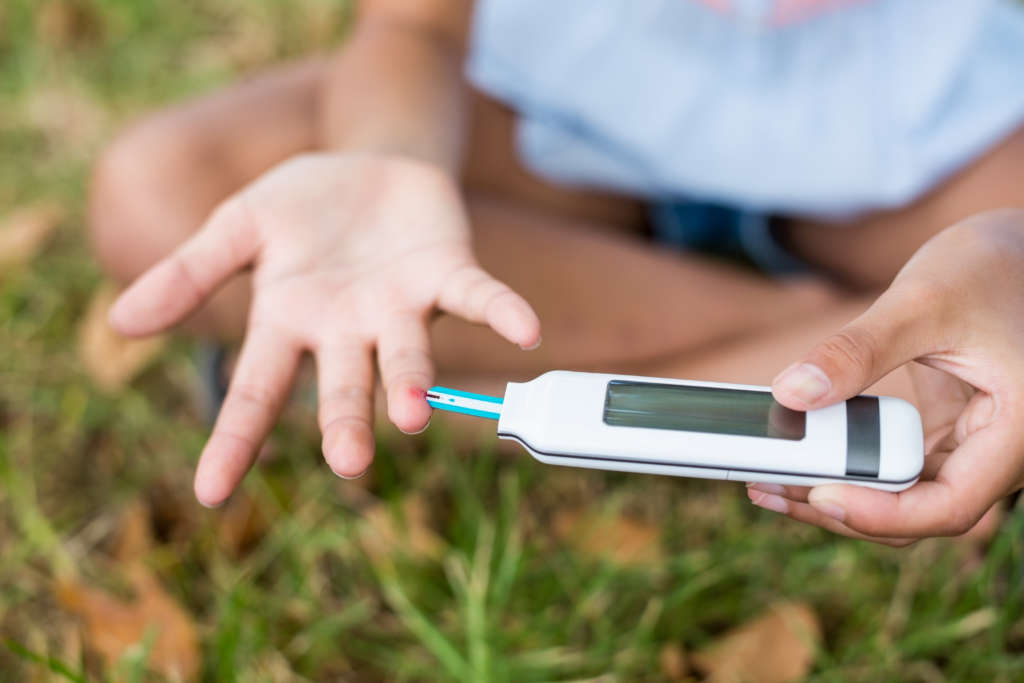

Diabetic retinopathy is the most common diabetic eye disease and one of the leading causes of blindness in adults. It usually affects both eyes. Both Type 1 and Type 2 diabetics are at risk of developing the condition and, as a result, everyone with diabetes should have what’s called a comprehensive dilated retinal examination each year.
Performing an eye examination, vision assessment, and measurement of your eye pressure is effective in detecting diabetic retinopathy and maculopathy. The longer you have diabetes, the greater the chances of getting diabetic retinopathy.
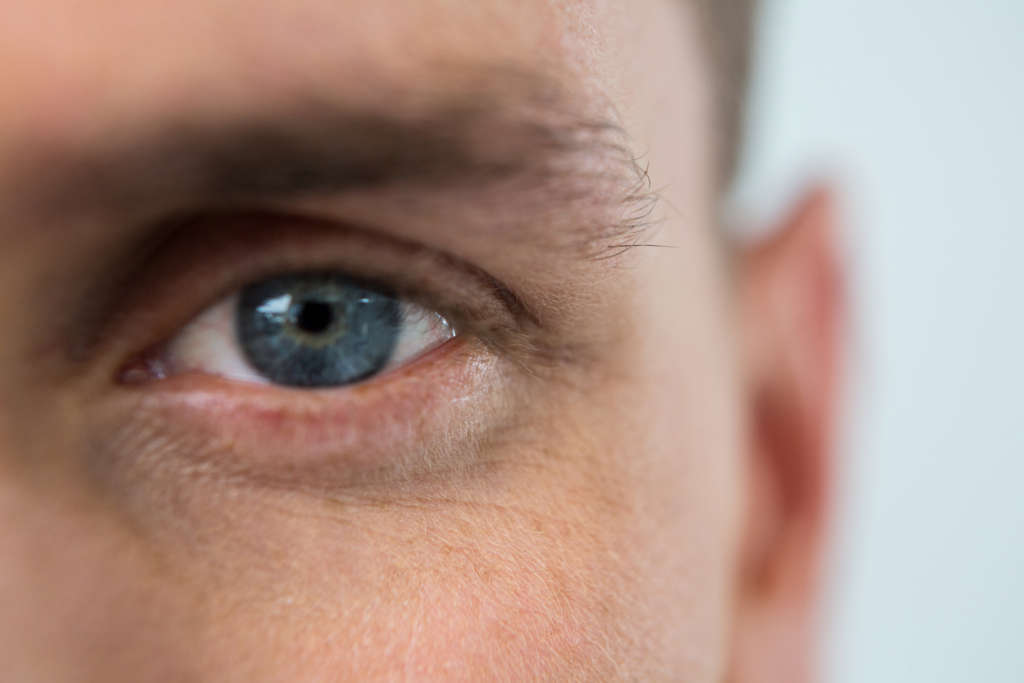

Glaucoma is the name given to a group of eye diseases where vision is lost due to damage to the optic nerve. The loss of sight is usually gradual and a considerable amount of peripheral (side) vision may be lost before there is an awareness of any problem. Unfortunately, there is no cure for glaucoma, and vision loss is irreversible.
During all eye consultations we will assess your risk of glaucoma. The Eye Place has the latest equipment and knowledge, and Adam regularly attends leading professional and scientific conferences about the latest technologies and techniques to detect glaucoma as early as possible.
You can do something to protect your vision from the harmful effects of macular degeneration, also known as Age-related macular degeneration or AMD.
Eating foods such as kale, green peas and broccoli can help slow the progression of AMD. If you have a family history of AMD, or have AMD in one eye, you should take supplements which contain Lutein and Zeaxanthin.
Additionally, you should also wear full-framed UV protecting sunglasses.
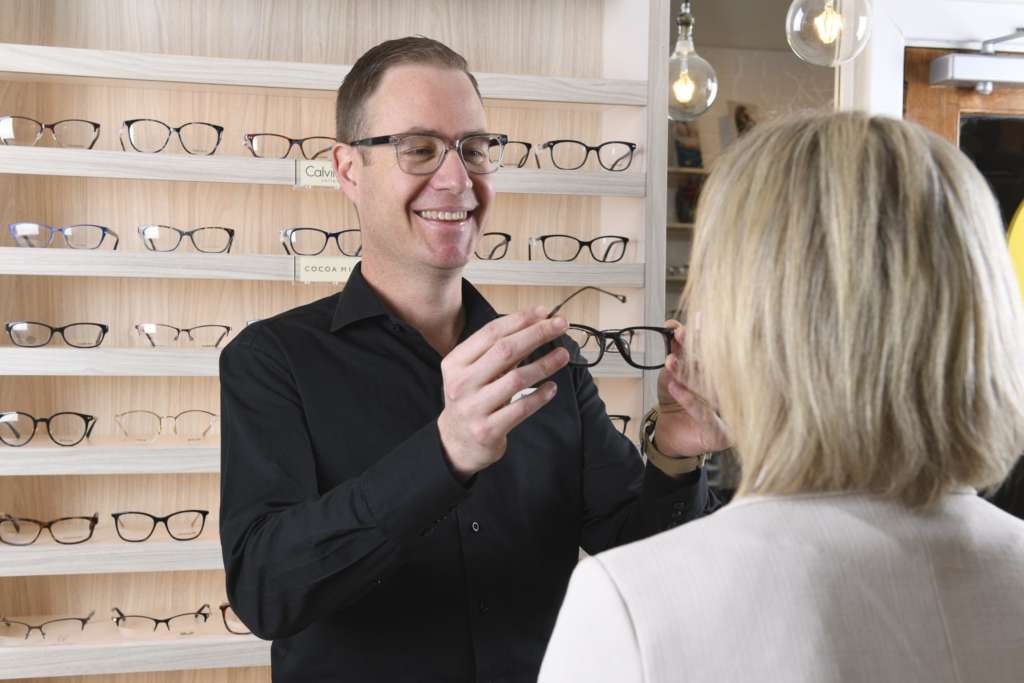

It’s important to take note of anything unusual happening in the physical appearance of your eyes and any irritation you may be feeling.
If you begin to experience any of the following symptoms, it may be a sign a that you are developing an eye condition that requires attention.
Our Optometrist, Adam, has years of experience and expertise diagnosing and providing treatment for eye conditions. If you are experiencing any of the symptoms, your first step should be to book an eye exam so we can prevent any further damage from occurring.
Monday 9am–5:30pm
Tuesday 9am–5:30pm
Wednesday 9am–5:30pm
Thursday 9am–6:00pm
Friday 9am–5:30pm
Saturday Closed
Sunday Closed